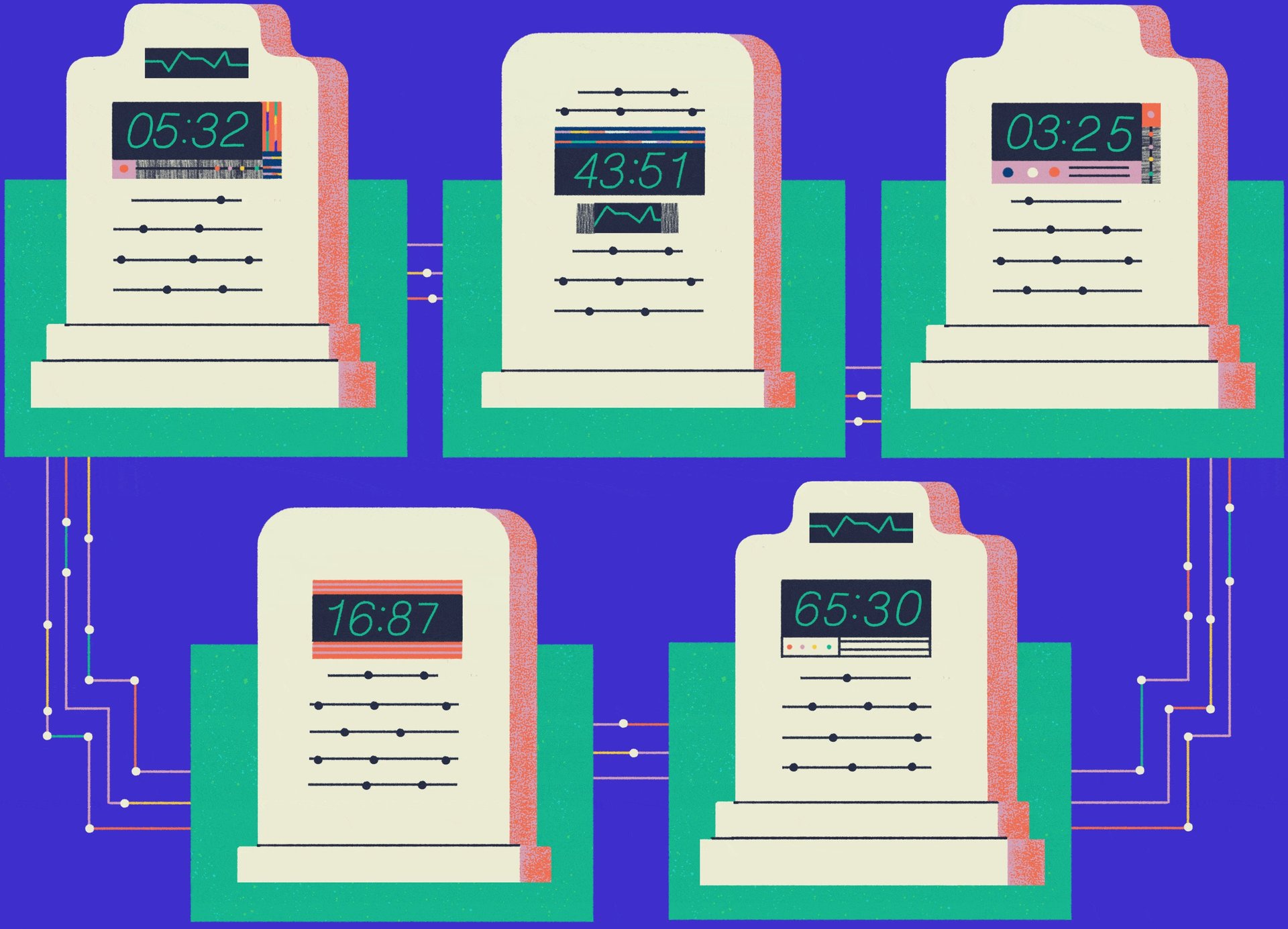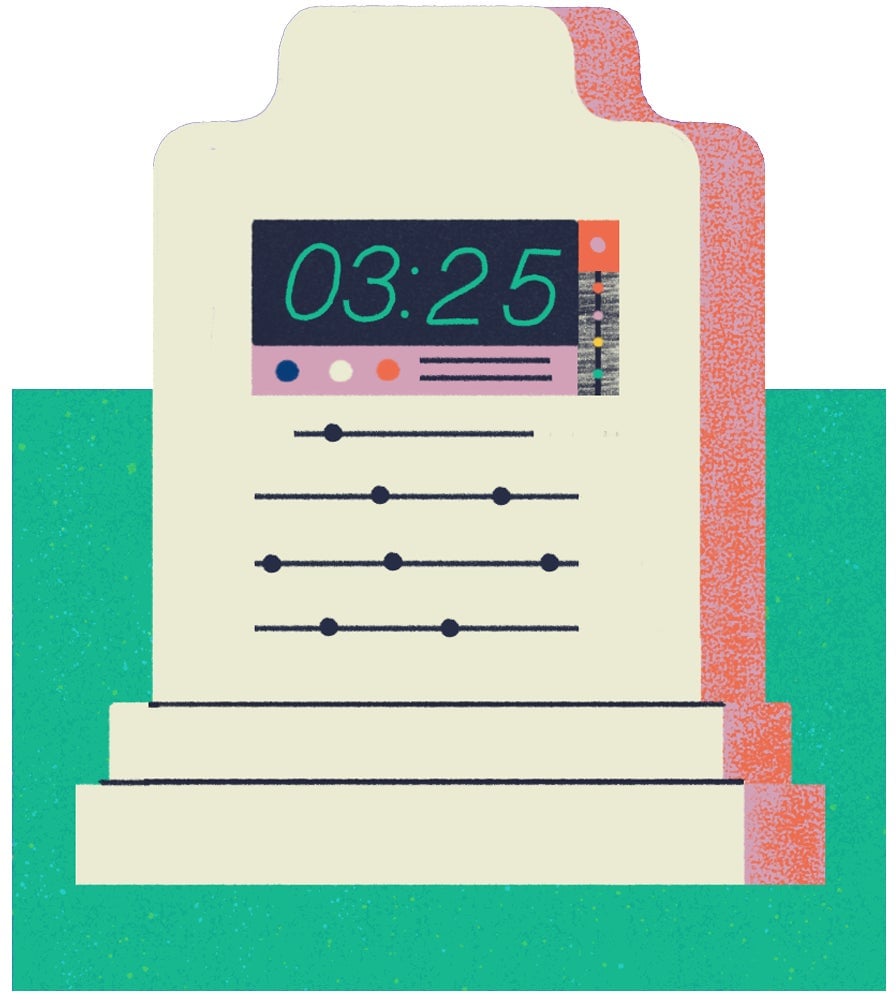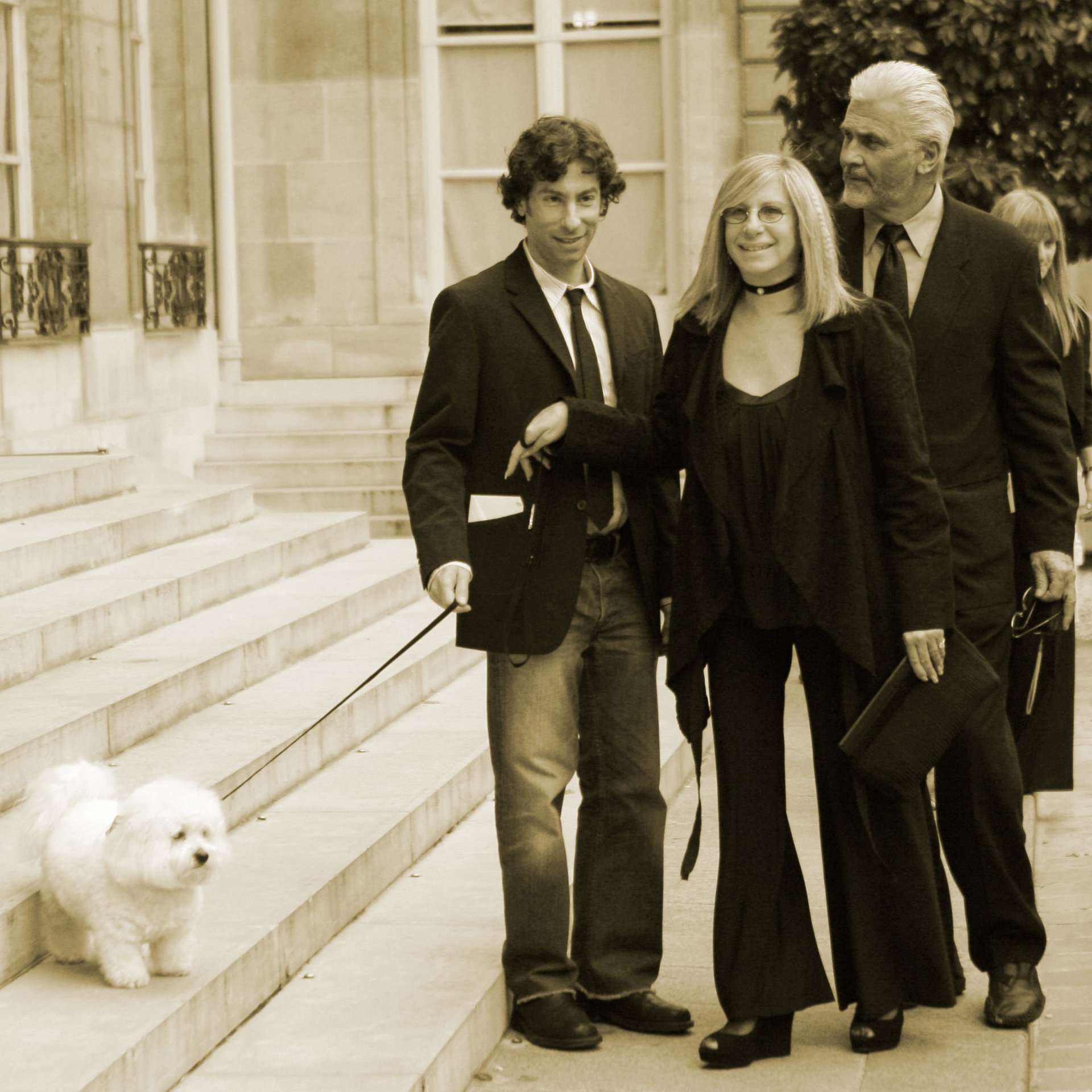Could AI allow you to live forever?
When Roman Mazurenko was killed by a hit-and-run driver in late 2015, his friend Eugenia Kyda, then in her late 20s, found herself scrolling through their old text conversations. She was searching for vestiges of her friend in his digital footprint. Roman was always fascinated by the idea that our data would outlive our physical selves, so as an homage, Eugenia decided to use Roman’s online data—at least what she could access—to bring her friend back to life.


When Roman Mazurenko was killed by a hit-and-run driver in late 2015, his friend Eugenia Kyda, then in her late 20s, found herself scrolling through their old text conversations. She was searching for vestiges of her friend in his digital footprint. Roman was always fascinated by the idea that our data would outlive our physical selves, so as an homage, Eugenia decided to use Roman’s online data—at least what she could access—to bring her friend back to life.
Two years before Roman’s untimely death, Eugenia had co-founded Luka, a startup that used artificial intelligence to build chatbots. Its first product was a Yelp competitor that users could text for restaurant recommendations. After Roman passed, Eugenia realized her company’s tech could be put toward another purpose.
From the digital history of texts she’d exchanged with Roman, Eugenia created Romanbot, a chatbot that allows anyone to “communicate” with a digital re-creation of her lost friend. Not only has Romanbot inherited aspects of Roman’s personality and patterns of speech, but thanks to machine learning, which enables the bot to dynamically improve through interaction, Romanbot will grow. Over time, Romanbot has and will continue to develop an understanding of current events, form new opinions, and evolve beyond the Roman his friends once knew—just as a living human would continue to mature.

Romanbot is part of a larger field of inquiry known colloquially as “augmented eternity,” in which academics and technologists explore ways the human mind might be downloaded, recreated, and transferred into other forms. “Eventually the mind will become migratable information, just like files can migrate from one device to another and live in the cloud,” says Michael Graziano, a professor of psychology and neuroscience at Princeton University. “When the information processor”—the brain—“goes, you’ll be able to copy [the mind] and implement it in other hardware.”
Though there are still technical limitations to the future Graziano imagines—namely the ability to adequately image and map the brain in its intricate detail—philosophers and entrepreneurs are already picturing an AI afterlife in which the data of the deceased might be used to serve the bereaved. It sounds like an episode of Black Mirror—in fact, it’s very much like the plot of “Be Right Back” from the show’s second season—but startups like Luka are working with real people, not actors and special-effects artists.
Fascination with resurrection technology is nothing new, and there have been various high-profile attempts at solving for the “problem” of mortality. Barbra Streisand famously cloned her dying dog (paywall) in 2017 and now raises puppies created from the DNA of deceased “Sammie.”

Futurist Ray Kurzweil has been safeguarding boxes of his late father’s mementos in hopes of one day using them to bring him back to life. Russian billionaire Dmitry Itskov hired a team of scientists to develop “cybernetic immortality” before the year 2045. “Within the next 30 years, I am going to make sure that we can all live forever,” Itskov told the BBC. “I’m 100% confident it will happen.”
But an individual is more than the output of a predictive algorithm trained on the past. The Luka chatbots, for example, are only trained on digital communications; there are no inputs for the inflection of someone’s voice or the way he or she made eye contact when listening intently. Not only is the digital surrogate incomplete, but when we embody someone who is no longer living, we run the risk of bastardizing their identity.
“Everybody grieves differently,” says Dale Atkins, a psychologist who specializes in relationships and grief. “For some, having a digital representation of their loved one may help them say things that were left unsaid. For others who don’t want to live with the fact that the person is already gone, it can be damaging.”

Digital surrogates also raise ethical questions about if, how, and who should revive the dead. Eternalizing the “mind” of Stephen Hawking or Milton Friedman might provide great public utility, but whose decision should it be to bring them back to life? Donating one’s mind to a chatbot is quite different than donating one’s body to scientific research. An AI-powered bot will continue to produce new ideas that the bot’s namesake cannot actively control. Who should be responsible for what the bot says?
“Given the way technology is moving, I’m pretty sure that eventually we’ll have perfectly good, uploaded minds with all the social confusion and upheaval that comes with that,” Graziano says. “But I’m glad I’ll be dead before then.”
It’s not clear we should be striving for immortality in any form.
In his book Being Mortal, the surgeon and author Atul Gawande argues that medicine should not take as its mission a focus so narrow as avoiding death at all costs. “Our most cruel failure in how we treat the sick and the aged,” he writes, “is the failure to recognize that they have priorities beyond merely being safe and living longer.” In much of Western Europe and North America, a myopic view of death leads to far too many invasive surgeries on brittle bodies and far too many dollars spent trying to keep loved ones alive in a vegetative state for just a few more days.
Perhaps counterintuitively, digital afterlives may help those living in cultures that fear death develop an ease with the end of life. Much like an Indonesian family might leave out a plate of fresh food each morning to honor their ancestors, perhaps chatbots will become the cultural altars of those lost to people living in post-industrial societies, a reminder that just because someone is dead doesn’t mean they’re gone.

“‘Closure’ is a good word for real estate and business deals, but it’s a terrible word for human relationships,” says Pauline Boss, a former professor at the University of Minnesota, who is now retired. Boss studied the sort of ambiguous loss that, for example, a family may feel when they “lose” a son to war but never get a chance to bury his body. “Once you’ve become attached to somebody—loved them, cared about them—when they’re lost, you still care about them,” Boss says. “You can’t just turn it off.”
If closure is more of a process than a destination, maybe an AI-powered surrogate could help the bereaved move through grief. In that sense, a bot is like a memorial: a tool to preserve the memory of someone and make loss more manageable. After all, memorials have never been for the dead.